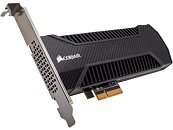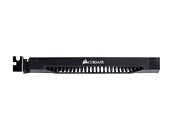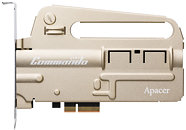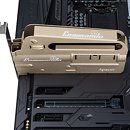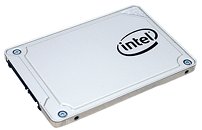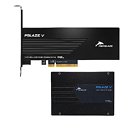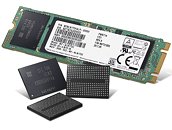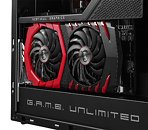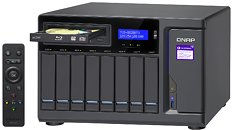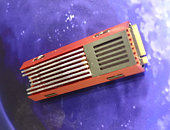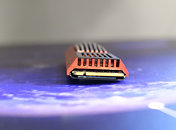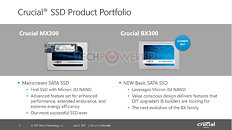
Corsair Neutron NX500 SSD on Newegg; Available in 400 GB and 800 GB
Corsair has quietly added a new SSD to its portfolio which is currently available on Newegg. The new Neutron NX500 SSDs come in somewhat unusual 400 GB and 800 GB capacities, which likely means an overly increased over provisioning so as to ensure top endurance and performance. The Neutron NX500 SSDs come in the add-in NVMe card form factor, with a beefy heatsink to top it all up. That heatsink serves to cool not only the NAND chips, but also the Phison E7 controller that's lurking underneath.
Interestingly, and even though 3D TLC NAND is all the rage these days due to increased density on the same footprint, without bringing any serious, real-world problems related to endurance, as we've seen, the Neutron NX500 appears to pack MLC memory. Do you even remember that? That's part of the reason why performance is rated so high: there's 3,000 MB/s read, 2,400 MB/s writes, 300,000 IOPS in random read, and 270,000 IOPS on random write workloads. Though you will have to pay a pretty penny for this kind of performance: the 400 GB Corsair Neutron NX500 is currently retailing for $319.99, while the 800 GB version won't give you any benefits from the economy of scale: it retails for $699.99.
Interestingly, and even though 3D TLC NAND is all the rage these days due to increased density on the same footprint, without bringing any serious, real-world problems related to endurance, as we've seen, the Neutron NX500 appears to pack MLC memory. Do you even remember that? That's part of the reason why performance is rated so high: there's 3,000 MB/s read, 2,400 MB/s writes, 300,000 IOPS in random read, and 270,000 IOPS on random write workloads. Though you will have to pay a pretty penny for this kind of performance: the 400 GB Corsair Neutron NX500 is currently retailing for $319.99, while the 800 GB version won't give you any benefits from the economy of scale: it retails for $699.99.
